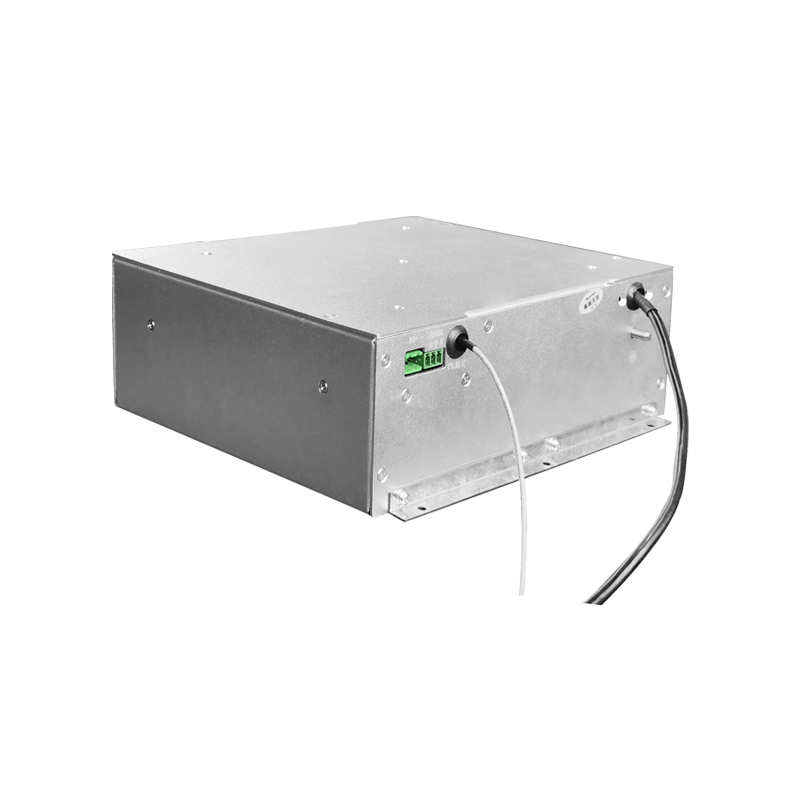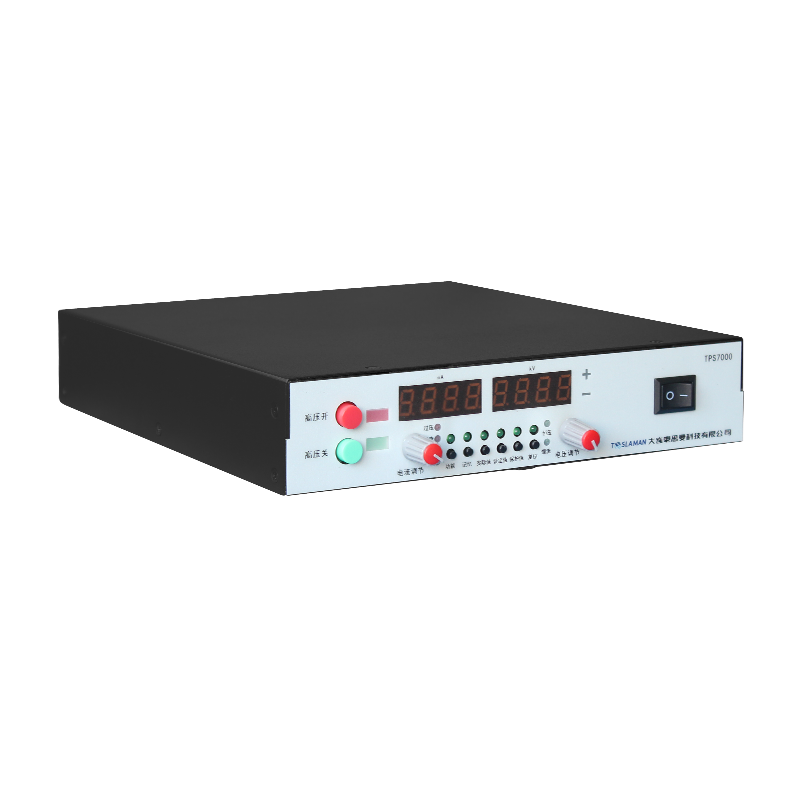Research on Key Technologies for High-Voltage Pulse Timing Optimization in Excimer Lasers
Excimer lasers, as core light sources in the ultraviolet band, rely critically on precise high-voltage pulse timing control. In applications such as lithography and precision material processing, timing deviations exceeding 50 ns can lead to energy fluctuations, reduced processing accuracy, and thermal effect accumulation. This article analyzes the core challenges and technical pathways for high-voltage pulse timing optimization.
I. Core Challenges in Timing Optimization
1. Delay Jitter vs. Energy Stability
The discharge process involves nonlinear components like high-voltage capacitors and magnetic switches. External disturbances (e.g., temperature drift, gas concentration changes) cause delay jitter between trigger signals and laser pulses. Traditional techniques limit jitter to 250 ns, while modern applications (e.g., lithography) require compression below 50 ns. Gas consumption and discharge thermal effects further exacerbate pulse energy drift, with single-pulse fluctuations needing to stay within ±2% for industrial annealing.
2. Multi-Module Synchronization
In dual-cavity systems (e.g., Master Oscillator Power Amplifier configurations), the master oscillator must discharge ahead of the power amplifier to provide seed light for gain activation. Synchronization accuracy between cavities (the first time interval) directly determines output linewidth and power. If charging voltages vary, discharge delays must be adjusted within a single pulse cycle to prevent seed-gain mismatch.
II. Key Technical Breakthroughs
1. Hierarchical Control Algorithm Fusion
• Overshoot/Non-overshoot Separation: Separate PI controllers handle overshoot (pulse front) and non-overshoot (steady-state) phases. The overshoot controller uses proportional-integral feedback:
\Delta HV_{em,i} = K_{eo} \cdot (E_{t} E_{m,i}) + I_{eo} \cdot \sum (E_{t} E_{m,i})
Non-overshoot phases dynamically adjust voltage based on prior pulse errors.
• Multi-Objective Genetic Optimization: Unify energy stability, dose accuracy, and thermal effects into a single target function:
f = w_1 \cdot HV_{em,i} + w_2 \cdot HV_{dm,i} w_3 \cdot HV_{te}
Here, HV_{te} represents thermal compensation (HV_{te} = \frac{P \cdot R}{m \cdot c}). Genetic algorithms solve for optimal weights to set global discharge voltages.
2. Real-Time Delay Compensation
• Closed-Loop Feedback: Delay measurement devices capture time differences (\Delta t) between triggers and laser pulses. Empirical lookup tables or Support Vector Regression (SVR) models predict optimal voltages and delay adjustments. If \Delta t > 50 ns, programmable delay chips generate corrective pulses for immediate compensation.
• Dual-Cavity Synchronization: Dynamic timing controllers adjust discharge intervals between cavities. When charging voltages shift, narrow-pulse sampling circuits capture discharge signals to calculate timing deviations, compressing synchronization errors below 20 ns within the next pulse cycle.
3. Active Thermal Suppression
High-voltage discharges cause temperature rises, inducing gas refractive index changes and electrode deformation. Thermal resistance models:
\Delta T = \frac{P_{\text{discharge}} \cdot R_{\text{thermal}}}{m \cdot c}
enable real-time temperature compensation by adjusting pulse intervals, preventing energy decay from heat accumulation.
III. Future Development Trends
1. All-Solid-State Pulse Power Replacement
Traditional thyratron switches suffer from short lifetimes and limited repetition rates. Semiconductor switches combined with magnetic pulse compression (e.g., two-stage modules) can compress pulse rise times below 90 ns, increase repetition rates beyond 6 kHz, and achieve 59.1% energy transfer efficiency.
2. Deep Integration of AI Algorithms
Reinforcement learning will optimize adaptive PI parameters, while digital twins simulate discharge processes for feedforward control.
Conclusion
High-voltage pulse timing optimization is pivotal for unlocking excimer laser performance. Through multi-objective algorithms, nanosecond-level delay compensation, and thermal management, timing precision is advancing from microsecond to nanosecond levels, enabling stable optical energy knives for high-end manufacturing. Future integration of all-solid-state excitation and AI control frameworks will further propel excimer lasers toward higher repetition rates and extended lifetimes.




















